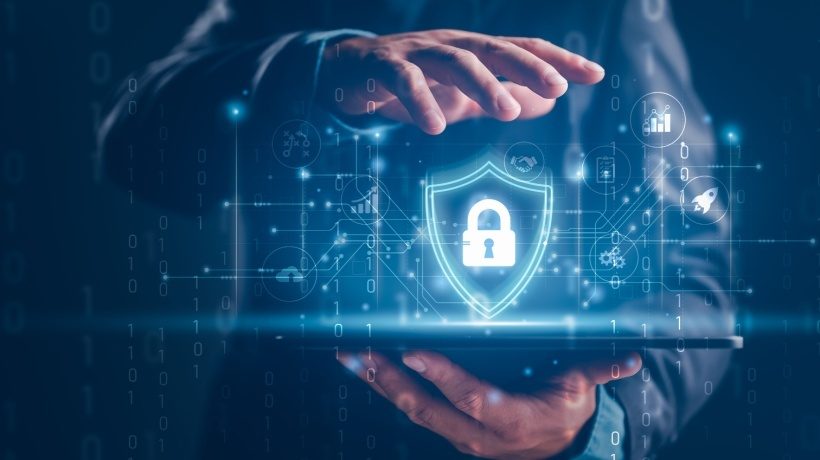Security Measures For Protecting Your eLearning
The growing reliance on eLearning highlights the need for robust security measures to protect both educators and students. With the flexibility and access to resources that online education provides, it is vital to safeguard personal information, ensure the integrity of educational content, and create a secure learning environment.
Understanding The Security Risks In eLearning
The rapid growth of eLearning platforms has introduced various security risks that institutions and individuals must address. Cyberattacks, data breaches, and unauthorized access to sensitive information are significant concerns. As online learning environments handle vast amounts of personal data, including student records and payment information, it is imperative to implement robust security measures to protect this information from malicious actors.
Best Practices For Securing Your eLearning Environment
Choose Secure Platforms
Selecting a secure eLearning platform is the first step in ensuring the safety of your online learning environment. Look for platforms that offer encryption, secure authentication methods, and regular security updates. A reputable platform will have a strong track record of protecting user data and will comply with industry standards and regulations [1].
Implement Strong Authentication
Strong authentication mechanisms, such as multifactor authentication (MFA), can significantly enhance the security of your eLearning platform. MFA requires users to provide multiple forms of verification before gaining access, adding an extra layer of protection against unauthorized access.
Regularly Update And Patch Software
Keeping your eLearning software and systems up to date is crucial for mitigating security vulnerabilities. Regular updates and patches help address known security issues and protect against emerging threats. Ensure that both the eLearning platform and any associated tools or plugins are regularly maintained and updated.
Educate Users About Security
Providing training and resources on cybersecurity best practices for both educators and learners can help prevent security breaches. Educate users about recognizing phishing attempts, creating strong passwords, and safeguarding their personal information.
Monitor And Audit Access
Regularly monitoring and auditing access to your eLearning platform helps detect and address potential security issues. Implement access controls to ensure that only authorized individuals have access to sensitive information and administrative functions. Reviewing access logs can help identify any suspicious activity and take appropriate action.
Secure Communication Channels
Ensuring that all communication channels within the eLearning environment are secure is essential for protecting data in transit. Use encrypted communication methods, such as HTTPS for web-based interactions and secure email protocols, to prevent unauthorized access to sensitive information.
Backup Data Regularly
Regularly backing up data ensures that you can recover important information in the event of a data loss or breach. Implement automated backup solutions and store backups in secure, off-site locations to protect against data loss due to cyberattacks or other incidents.
Implement Privacy Policies And Procedures
Establishing clear privacy policies and procedures helps manage how personal data is collected, used, and protected within the eLearning environment. Ensure that your policies comply with relevant data protection regulations and provide transparency to users about how their information is handled.
Test For Vulnerabilities
Conducting regular security assessments, such as vulnerability scans and penetration testing, can help identify potential weaknesses in your eLearning platform. Addressing these vulnerabilities promptly can prevent exploitation by malicious actors.
Ensure Safe Browsing Practices
As part of maintaining security, it’s crucial to educate users on safe browsing practices. One way to enhance this is by teaching them how to check website safety before accessing any online resources. Users should be encouraged to verify the authenticity and security of websites, especially when dealing with sensitive information or downloading materials.
Conclusion
Securing an eLearning environment is a multifaceted process that requires ongoing attention and vigilance. By implementing these best practices, educational institutions and individuals can protect their online learning platforms from potential threats and ensure a safe and secure learning experience [2]. As the landscape of eLearning continues to evolve, staying informed about emerging security challenges and solutions will be key to maintaining a secure online educational environment.
FAQs
1. What are the key security risks associated with eLearning?
Key risks include cyberattacks, data breaches, and unauthorized access to sensitive information.
2. How can I ensure the platform I use for eLearning is secure?
Choose platforms with encryption, secure authentication methods, and a strong track record of data protection.
3. Why is multifactor authentication important in eLearning?
Multifactor authentication adds an extra layer of protection by requiring multiple forms of verification to access the platform.
References:
[1] Safeguarding The Virtual Realm: Best Practices For Secure Metaverse Experiences
[2] 5 Ways To Enhance The Student Learning Experience With Technology

